14. Wolf Creek (2005)
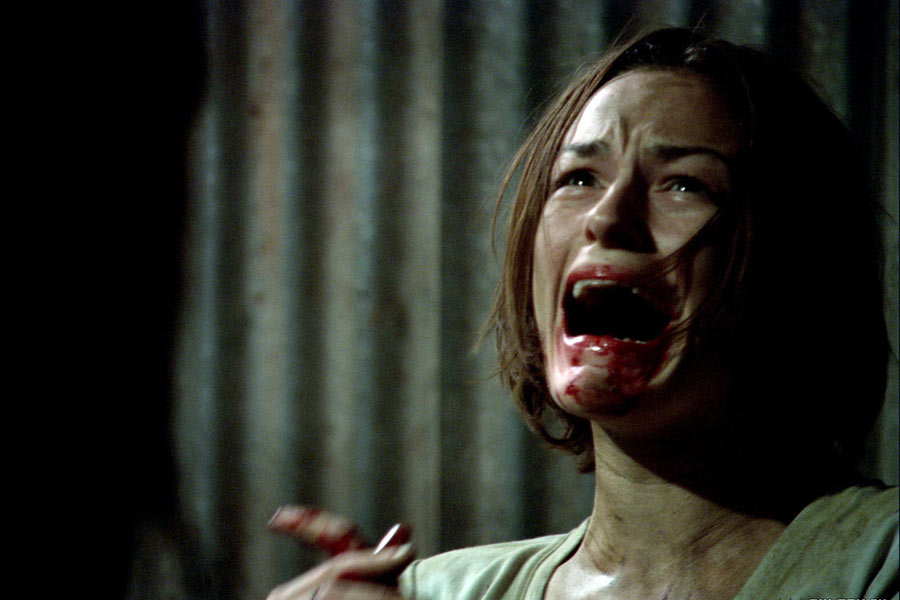
Unlike the recent mini-series, Wolf Creek maintains the mystique surrounding Mick Taylor (John Jarrett), avoiding psychobabble and the trite is-he-dead-or-isn’t-he ending.
Greg McLean’s debut feature is so potent, in fact, that the film’s Australian release had to be delayed lest its story of a psychopath hunting tourists in the outback influence the trial of an Australian accused of murdering a British backpacker. Had the movie been a stylized gorefest about a masked lunatic with a chainsaw, it wouldn’t have been half as controversial.
Jarrett once fronted a TV gardening programme, which is curiously apt because when we first meet him, Mick is playing to an audience, gaining their trust with his superficial charm and old school know how before allowing his mask to drop. In a movie with no shortage of disquieting moments, it’s a toss-up which moment is the most unnerving – the sequence where the backpackers realize Mick’s true intentions or his casual threats of violence, including turning one girl into a “head on a stick.”
13. Maniac (1980)
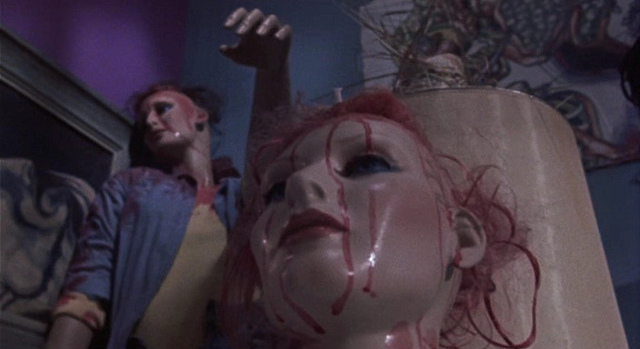
Directed by the auteur behind the skin flicks Hot Honey and The Violation Of Claudia (and funded in part by the profits from those films), Maniac is a time-capsule that captures New York at its worst. This is not the gleaming city seen in the 2012 remake but a cesspool full of XXX movie houses, adult bookstores and other business run by people who work without a tie.
It’s the perfect setting for a grim, grimy movie about an overweight Vietnam veteran (played with bug-eyed abandon by Joe Spinell) who places the scalps of his female victims on his assembly on mannequins. After clothing a mannequin, he carries it over to his bed and starts talking to it, pretending it’s his dead mother.
Full of explicit mutilations (including an infamous exploding head), Maniac’s claim to fame is Tom Savini’s expert gore effects, most of which were cut from the UK home video release. The multi-region Blu-ray is uncut, so you can finally experience the movie the way its makers intended.
12. Friday The 13th Part II (1981)

The first Friday The 13th was a blah Halloween knock off directed by a porn grad, but this sequel is the archetypal 80s slasher movie, full of idiot victims (love that skinny dipping blonde) who die in unpleasant ways courtesy of a machete-wielding villain who won’t stay dead.
It’s basically an Americanization of Mario Bava’s A Bay Of Blood, and even recreates two murders from that film (the machete to the face and the spearing of the two lovers). On its American rerelease, Bava’s film was marketed as an unofficial sequel to The Last House On The Left, which is ironic: Steve Miner, who called the shots on Friday The 13th parts 2 and 3, was a production assistant on Last House.
Unlike several of the later sequels, Part II is a bona fide exploitation movie that serves up all the blood, shocks and gratuitous nudity a crowd could want. Several sympathetic characters bite the dust in horrific ways, and it’s a very nasty movie indeed that reserves one of the most unpleasant (and admittedly spectacular) deaths for the sole handicapped character. It’s not a movie long on PC or feminism, but it is loads of down and dirty fun.
11. Scream (1996)
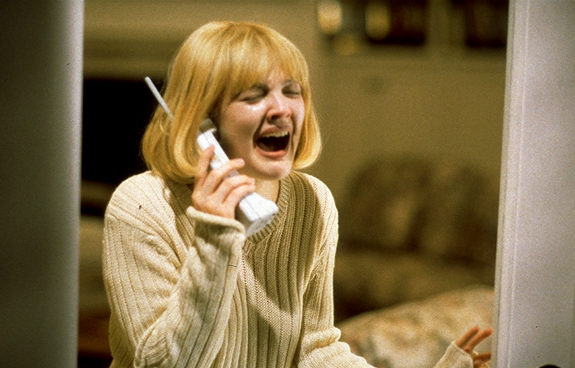
By 1996, the slasher movie had nowhere new to go, so it turned in on itself and began referencing its former glories. If John Carpenter’s Halloween was Psycho for the movie literate generation raised on TV, then Wes Craven’s movie plays to the audience who grew up with the 80s slasher craze.
Kevin Williamson’s script knows we’ve seen those films a hundred times so in the very first scene an assailant taunts his victim (Drew Barrymore) with horror movie trivia, slaughtering her boyfriend when she incorrectly names Jason as the killer in Friday The 13th. (Note to Millennials and other strange beings – this was long before the 2009 remake).
With Craven at the helm and a handful of good actors, Scream stands out from the dregs of 90s horror (Prom Night 4: Deliver Us From Evil, anyone?) and deserved all of its massive success, even though its legacy amounted to little more than three forgettable sequels and an endless succession of tawdry knock-offs (Urban Legend, I Know What You Did Last Summer). The genre’s due for another reinvention, so if you’re an aspiring horror filmmaker, you know what to do.
10. Tenebrae (1982)
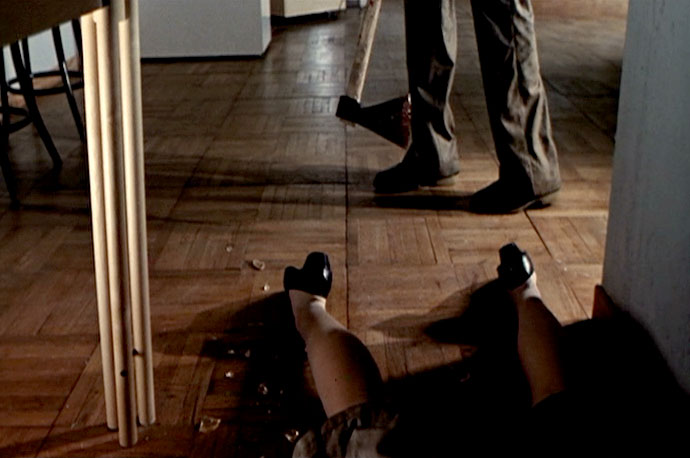
You’ve got to have a Dario Argento movie on a list like this, and Tenebrae is one of the Italian auteur’s most striking films, boasting arresting camerawork by Luciano Tovoli, who also shot The Passenger. Its murder sequences, which include a limb amputation that Quentin Tarantino would re-use in Kill Bill, are set to an equally memorable synth-heavy music score composed by several former members of Goblin.
Speaking of the film’s influence, note the sequence where Argento’s louma crane moves around outside a house where two women are about to be murdered, peering through the windows like a voyeur. Five years later, Brian De Palma pulled off a similar shot while making The Untouchables.
Such was the film’s power that in March 1984 the BBFC cited it as one of the most offensive Video Nasties and, in order to keep it from corrupting British viewers, kept the uncut version off video shelves until 2003. The major bone of contention was the aforementioned amputation, a 4-second shot where a woman’s bloody stump continues to spray crimson across her apartment. Thanks to fans such as Tarantino, there was worse carnage on display at your local multiplex.
9. Black Christmas (1974)

Inspired by a series of murders in Quebec, Black Christmas mostly takes place in a sorority house where a barely glimpsed killer is polishing off the girls one by one, their sudden absence explained by the end-of-term setting. Made four years before Halloween, Bob Clark’s movie does for the festive season what John Carpenter did for October 31st and imbues an otherwise innocuous season with an air of menace.
In Clark’s movie, crystal ornaments become lethal weapons and even carol singers (whose sudden appearance is intercut with one murder) seem sinister. You’ve never seen a lonelier, more desolate neighbourhood than this street, and the one warm and inviting place – the sorority house itself – is the last place you’d want to spend your Christmas vacation.
All the genre hallmarks are here: there’s the lurking POV camera, the ineffectual cop, the final girl and red herrings galore, plus Clark throws in a surprise final twist. According to Jason Zinoman, Clark was at one point considering a sequel where the film’s killer, now incarcerated in an asylum, escapes on Halloween night and returns to the town to wreak havoc.
Sounds like an interesting premise for a movie….
8. A Bay Of Blood (1971)
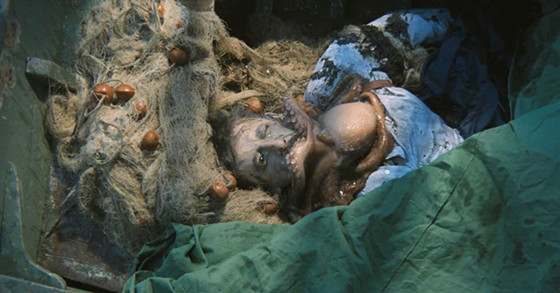
Also known as Blood Bath, Carnage and, confusingly, Last House On The Left II, Bay Of Blood is the prototype for the modern slasher film. All of the elements are in place: after being lured to a remote mansion, a group of not particularly interesting people die in increasingly unpleasant ways at the hands of an unseen predator.
Unlike the Americanized versions, Bay Of Blood’s tongue remains firmly in its cheek and director Mario Bava, known for his playful sense of humour, pulls the rug out from the under the viewer at several points, most notably during the memorable conclusion. Later films would do away with Bava’s contrived plot and focus exclusively on the murders, with the killer little more than a cipher whose superhuman strength (and healing ability) was always a given.
Under its American title, Twitch Of The Death Nerve, the film found its audience in Drive-ins and grindhouses, where it played for years. Strangely for such an influential picture, the film was reviled on its release, with even Christopher Lee (who’d appeared in Bava’s The Whip And The Body) voicing his concern at the film’s content.